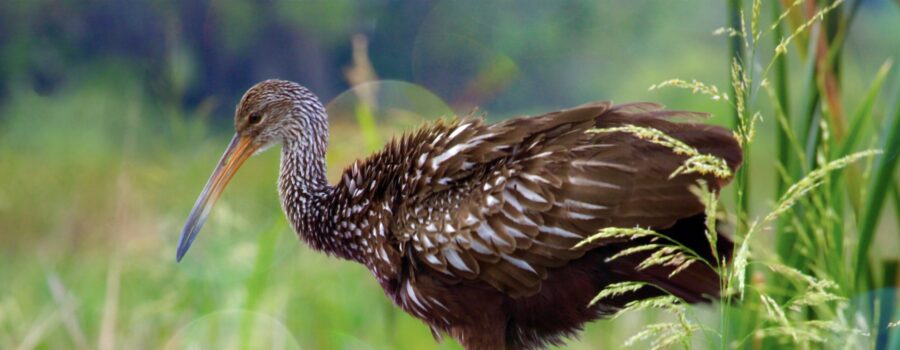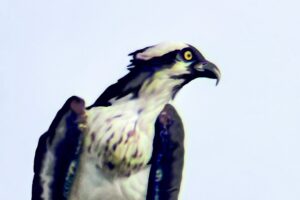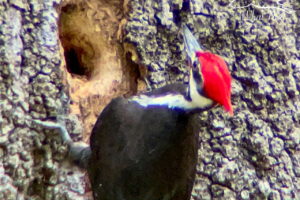Limpkins are Extremely Interesting and Unique Birds

One of our most interesting wading birds in Florida is the limpkin (Aramus guarauna). Even though they kind of look like a cross between an immature ibis and an immature yellow crowned night heron, they’re not actually closely related to either one. In fact, they’re the only member of their family, and are more closely related to rails and cranes than anything else. Limpkins feed nearly exclusively on apple snails, which are a common type of freshwater snail. They will also occasionally eat other types of snails or mussels, insects, frogs, and lizards. They have a unique beak that makes eating snails exceptionally easy for them. If you look closely near the end of the beak, you will notice a small area that is “notched” and doesn’t close completely. This area is used to grasp and cut the abductor muscle that holds the snail in its shell. They use the slightly curved beak to go up inside the shell to do that and to scoop out the snail itself. Due to these adaptations they can usually catch a snail and remove it from the shell without breaking it in less than 15 seconds. The snail is then eaten and the shell tossed aside.

Limpkins are also unusual in being a bird that can only be found in Florida and the Okeefenokee Swamp in very southern Georgia in the United States. They can also be found in eastern Mexico, Central America, the Caribbean, and South America. Its limited range in the US is due to the limited range of the apple snails that it feeds on. Even though limpkins spend most of their time wading, they are actually strong swimmers and fliers even though they rarely do much of either one. They can also use their long toes to walk over the tops of vegetation mats and they sometimes will nest on these mats. In fact, they will nest almost anywhere including on the ground, in other birds abandoned nests, in nesting boxes, in tree branches, and in cavities in trees. Their nests are also made from whatever materials they find and can vary in size, shape, and even tidiness.

The limpkins in these photos were the members of a pair that must have had a nest somewhere near the boardwalk at Sweetwater Wetland Preserve. While we were walking on the boardwalk we heard the youngsters calling so we stopped to see if we could spot them. We hadn’t stopped for long before both parents flew in to make sure the kids were safe. They weren’t overly afraid of us, but it was also quite clear in their behavior that they didn’t really want us right there. We shot a few photos and went on our way so as not to disturb them any further. We hadn’t moved off very far before they both flew down and disappeared into the reeds and other vegetation. I’m sure they were headed off the check on and possibly feed the kids. It was a pretty cool encounter, especially for my family from Alaska, since they don’t get to see limpkins up there and I know they had been wanting to see some.




